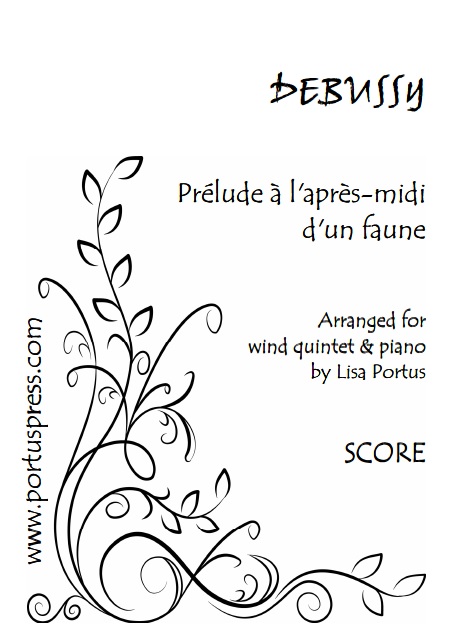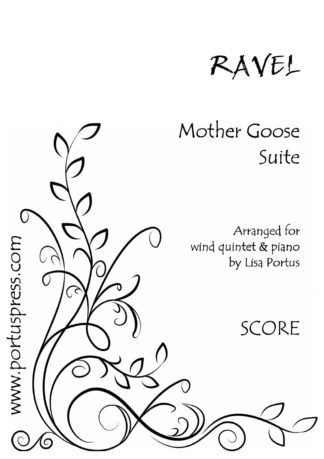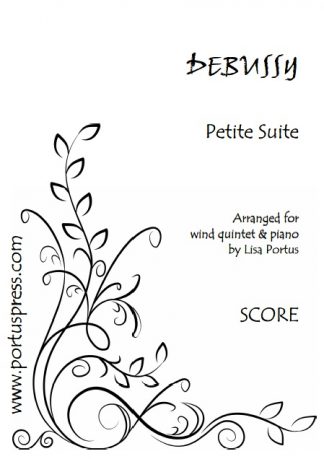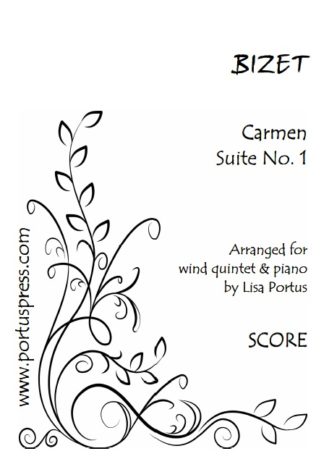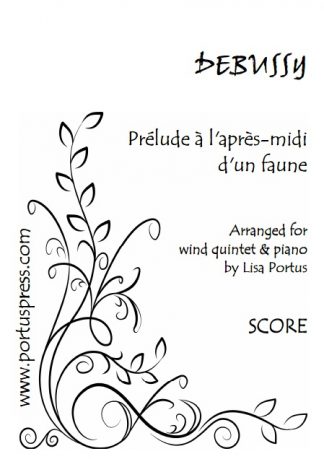Description
Debussy’s Prélude à l’après-midi d’un faune (Prelude to the Afternoon of a Faun) was written in 1894 when he was just 32 years old. The work was inspired by a poem by Mallarmé in which a faun, playing his pan-pipes alone in the woods in the heat of the afternoon, becomes enchanted by passing nymphs and naiads. After unsuccessfully pursuing them he drifts off to a dream-filled sleep.
The Prélude begins with an alluring and sinuous flute solo that conjures up all the languorous heat of a summer afternoon. Although it may seem meandering and improvisational this belies its highly organized and complex structure.
It may be only ten minutes long, but the Prélude marked a turning point in the history of music. It is certainly worlds away from works such as Dvorak’s Symphony No. 9 and Tchaikovsky’s Sixth Symphony written just a year earlier. Pierre Boulez considered Prélude à l’après-midi d’un faune to be the beginning of modern music, observing that “the flute of the faun brought new breath to the art of music”. Whilst Leonard Bernstein wrote that the work “stretched the limits of tonality” and in so doing, set the harmonic stage for the atonal music of the century to come.

